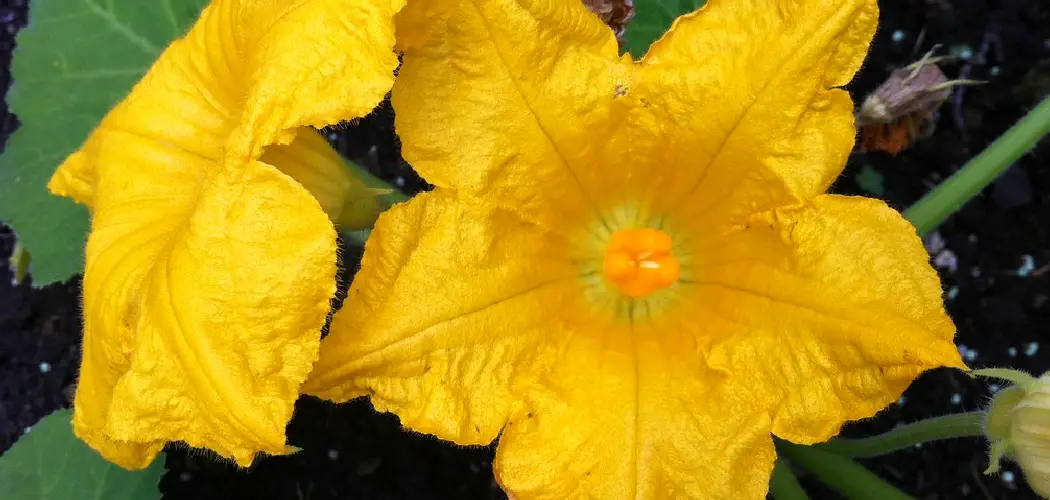The successful production of pumpkins heavily relies on the development of female flowers, as these are the ones that turn into fruit post-pollination. Understanding how to promote female flowers on pumpkin plants is vital for achieving a bountiful harvest. Several factors influence the development of flowers in pumpkins, including environmental conditions, soil fertility, and proper plant care.
This guide delves into these factors, providing valuable insights into creating an optimal growing environment. It covers methods such as soil preparation, nutrient management, and stress mitigation, all aimed at fostering the growth of female flowers. By employing these strategies, gardeners and farmers can enhance the chances of successful pumpkin fruit production, ensuring a healthy and fruitful crop yield.
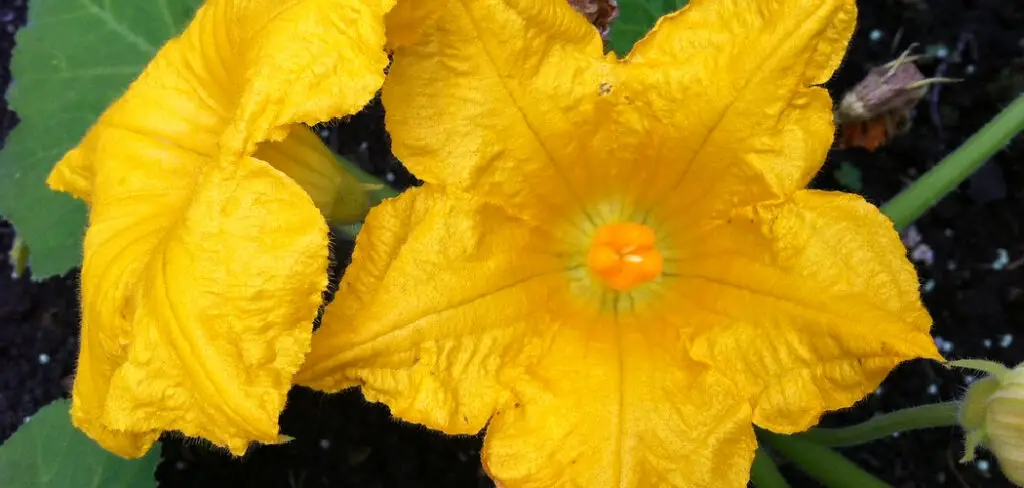
Understanding the Pumpkin Flowering Cycle
Difference Between Male and Female Flowers
Identifying male and female pumpkin flowers is crucial for proper pollination and fruit development. Male flowers appear first on the plant and have a long, slender stem and a small, pollen-covered anther inside. On the other hand, female flowers can be identified by their shorter stems and the presence of a small, bulbous fruit at their base, an ovary. The role of pollination, typically carried out by bees and other pollinators, involves the transfer of pollen from the male flower’s anther to the female flower’s stigma. This process is essential for fertilization and subsequent fruit development.
Factors Affecting Flowering
Several factors influence the production of male and female flowers in pumpkins. Temperature plays a key role, with optimal growth occurring between 70°F to 85°F. Light is another critical factor; pumpkins require full sunlight, with at least 6-8 hours of direct light daily. Nutrient levels, particularly nitrogen, phosphorus, and potassium, affect flower development significantly. Elevated nitrogen levels can promote more male flowers, so a balanced nutrient approach is essential. The timing of flowering also varies by pumpkin variety and growing conditions, typically starting 4-5 weeks after planting and continuing throughout the growing season.
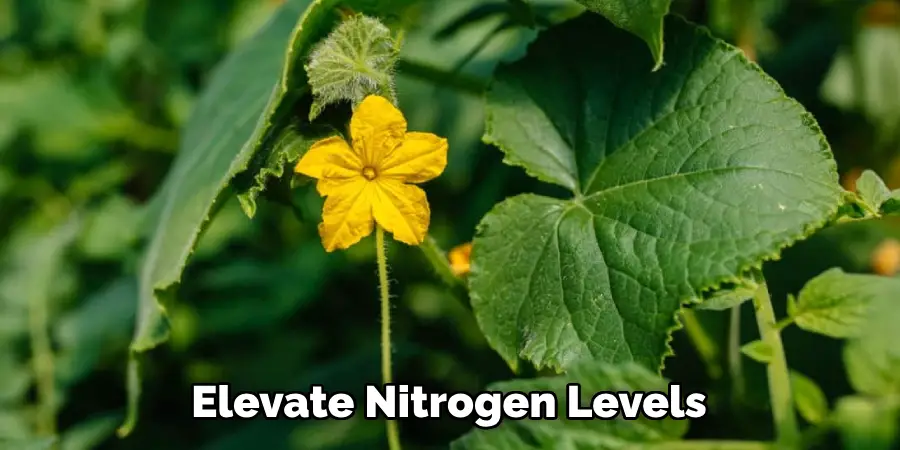
Soil Preparation and Nutrient Management
- Soil pH and Fertility
- Testing soil pH and adjusting to optimal levels for pumpkin growth (6.0-6.5)
- Incorporating organic matter and balanced fertilizers to promote flower production
- Ensuring that the soil pH is within the optimal range of 6.0 to 6.5 is crucial for the healthy growth of pumpkin plants. Testing the soil pH before planting helps determine its acidity or alkalinity, which can be adjusted as needed. If the soil pH is too low (acidic), lime can be added to raise it. Conversely, if the soil pH is too high (alkaline), sulfur or organic compost can be used to lower it. Adding organic matter, such as compost or well-rotted manure, improves soil structure, fertility, and moisture retention. Use balanced fertilizers rich in essential nutrients like nitrogen, phosphorus, and potassium to enhance flower production.
- Importance of Pollination
- Understanding the pollination process in pumpkins (insect vs. hand pollination)
- Providing a conducive environment for pollinators (bees, butterflies)
- Pollination is a vital process in pumpkin cultivation, directly influencing fruit set and development. Pumpkins primarily rely on insect pollination, where bees and other insects transfer pollen from male to female flowers. Without effective pollination, female flowers may wither and fail to produce fruit. Without sufficient pollinators, hand pollination can be performed using a small brush to transfer pollen manually.
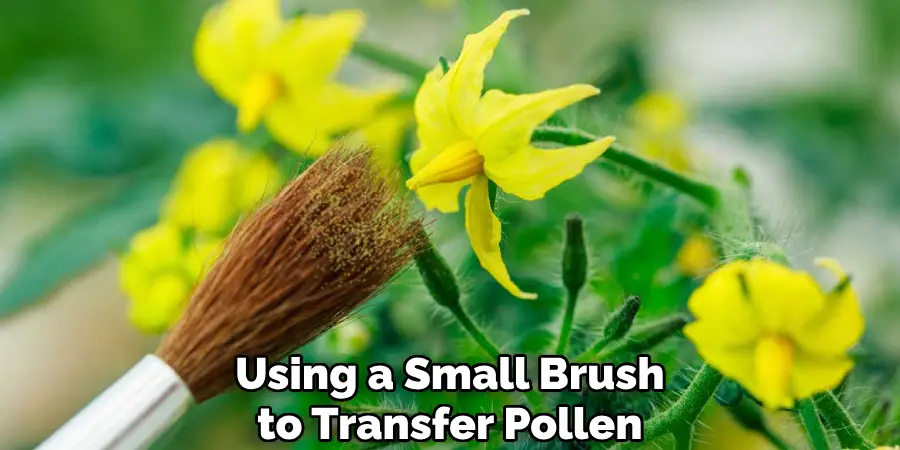
- It is important to create a conducive environment to attract and support pollinators. Planting various flowering plants around the pumpkin patch can provide food and habitat for bees, butterflies, and other pollinating insects. Avoid using pesticides that can harm these beneficial insects, and instead, opt for natural pest management solutions. Providing water sources, like shallow dishes filled with water and pebbles, can also encourage pollinator activity in the garden.
How to Promote Female Flowers on Pumpkin: Environmental Conditions
Light Requirements
Ensuring pumpkins receive adequate sunlight is essential for their growth and flower production. Ideally, pumpkins need 6-8 hours of full sunlight per day to thrive. This exposure enhances photosynthesis, leading to robust plant development and increased flowers. However, during periods of extreme heat, it’s crucial to employ shading techniques to prevent flower stress and potential wilting. Using shade cloths or strategically placing taller plants nearby can provide the necessary relief from intense sun. These measures help maintain optimal growing conditions and promote the healthy development of both male and female flowers.
Temperature and Moisture Levels
Maintaining consistent soil moisture is vital for pumpkin flower development. Even watering practices help prevent the soil from drying out, which can stress the plants and hinder flower growth. Watering deeply and regularly is important, ensuring the root zone remains moist but not waterlogged. Additionally, protecting pumpkin plants from sudden temperature fluctuations and frost is crucial. Using mulch can help regulate soil temperature, while row covers or cold frames can shield plants from unexpected cold snaps. By closely monitoring and managing temperature and moisture levels, gardeners can create an environment conducive to healthy pumpkin flower production.
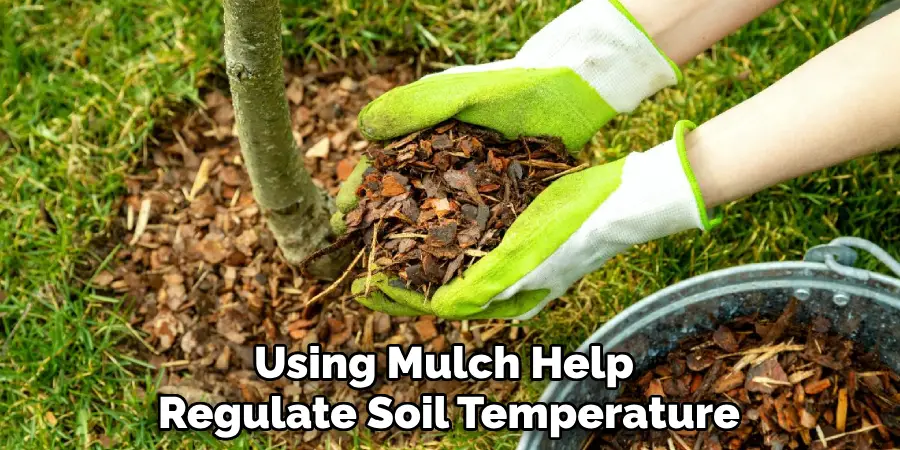
Pruning and Plant Care
Vine Management
Effective vine management is crucial for promoting healthy pumpkin flower production. Training vines to grow in an organized manner enhances air circulation and ensures that sunlight reaches all parts of the plant. This practice prevents overcrowding, which can lead to mildew and other fungal issues. Pruning excessive foliage is another essential task; it helps redirect the plant’s energy towards flowering and fruit set. Removing unnecessary leaves and side shoots allows the plant to focus its resources on developing healthy flowers and, subsequently, pumpkins. Regular monitoring and strategic pruning can greatly improve overall plant health and yield.
Stress Management
Maintaining plant health involves promptly addressing signs of stress, such as wilting or nutrient deficiencies. Regularly inspect pumpkin plants for these indicators and take appropriate actions when issues arise. For instance, if plants exhibit wilting, ensure they receive adequate but not excessive water. Nutrient deficiencies can often be remedied by adjusting fertilization practices to provide a balanced supply of essential nutrients. Mulching around the base of the plants helps conserve moisture and regulate soil temperature, reducing stress caused by environmental fluctuations. Gardeners can support robust flower and fruit production by actively managing stress factors.
Flowering Stimulants and Techniques
Fertilization Practices
Applying phosphorus-rich fertilizers is an effective way to encourage flower formation in pumpkins. Phosphorus plays a vital role in root development and flower initiation, making it a critical nutrient during the early stages of growth. To enhance flower production, use a high phosphorus fertilizer, such as a 10-20-10 (N-P-K) formulation. This ensures that the plants receive adequate nutrients necessary for robust flowering.
The timing for fertilizing pumpkins is crucial. Start by applying a balanced fertilizer at the time of transplanting to support initial growth. As the plants begin to vine, switch to a phosphorus-heavy fertilizer to promote flowering. Applying this fertilizer can be done either by incorporating it into the soil around the base of plants or by diluting it in water for a foliar feed. Timing these applications to coincide with key growth stages ensures that the plants have the necessary nutrients to maximize flower production.
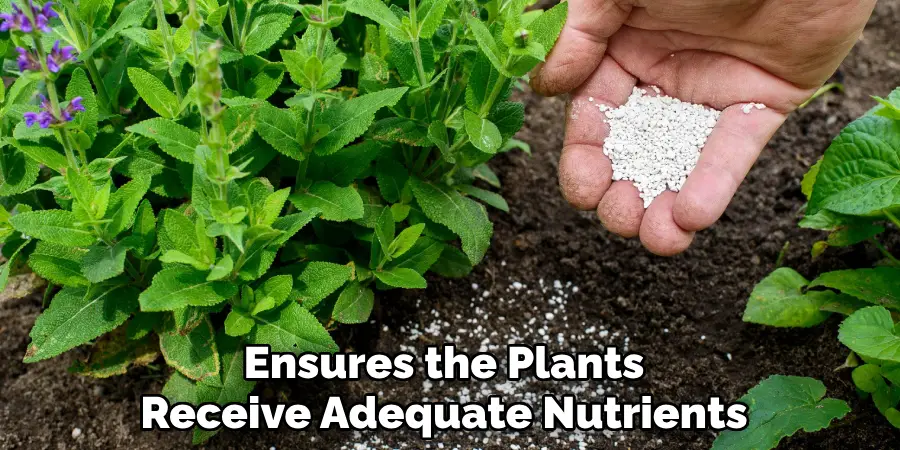
Natural and Artificial Pollination
Encouraging natural pollination is essential for the successful fruiting of pumpkins. Natural pollinators, such as bees and butterflies, are attracted to flowering plants. By planting a diverse array of blooming flora near the pumpkin patch, you can enhance the presence of these beneficial insects. Flowers like marigolds, sunflowers, and borage are excellent choices for drawing in pollinators. Besides planting flowers, providing water sources, and avoiding chemical pesticides, they further support a thriving pollinator environment.
In conditions where natural pollination may be insufficient, hand pollination can serve as an effective alternative. To hand-pollinate, identify the male and female pumpkin flowers. Male flowers have long, slender stems, while female flowers have a small, bulbous fruit at their base. Using a soft brush, gently collect pollen from the male flower and transfer it to the female flower’s stigma. This manual method ensures that pollen reaches the female flower, thereby increasing the chances of a successful fruit set. Regularly performing hand pollination can significantly enhance pumpkin yield, particularly in controlled environments or areas with limited natural pollinator activity.
Monitoring and Troubleshooting
Monitoring Flower Development
Regularly inspecting pumpkin plants is essential for understanding flower development. Keep a close eye on the production of both male and female flowers. Document any abnormalities or deficiencies in flower formation, such as an imbalance in the number of male-to-female flowers. Tracking these observations can help identify potential issues early and allow for timely interventions to promote balanced and healthy flower production.
Common Issues and Solutions
Addressing common flower-related problems is key to ensuring a successful harvest. If there is a lack of female flowers or a poor fruit set, consider optimizing pollination techniques or adjusting fertilization practices. Poor fruit set may also result from environmental stresses; thus, protecting plants from extreme temperatures and ensuring adequate watering can help. For specific and persistent issues, consult with local gardening experts or extension services who can provide tailored advice and solutions based on regional conditions and experiences.
Conclusion
In summary, understanding how to promote female flowers on pumpkin plants involves implementing several key strategies. Effective vine management and strategic pruning ensure optimal air circulation and resource allocation. Addressing plant stress through regular inspection and appropriate interventions maintains overall plant health. Fertilization practices, particularly applying phosphorus-rich fertilizers, greatly enhance flower formation.
Encouraging natural pollination by attracting beneficial insects or using hand-pollination techniques further supports fruit sets. By consistently applying these practices, gardeners can significantly increase the production of female flowers, leading to a more fruitful harvest. Embracing these techniques results in the rewarding development of healthy, robust pumpkins, making the effort well worth the investment.

